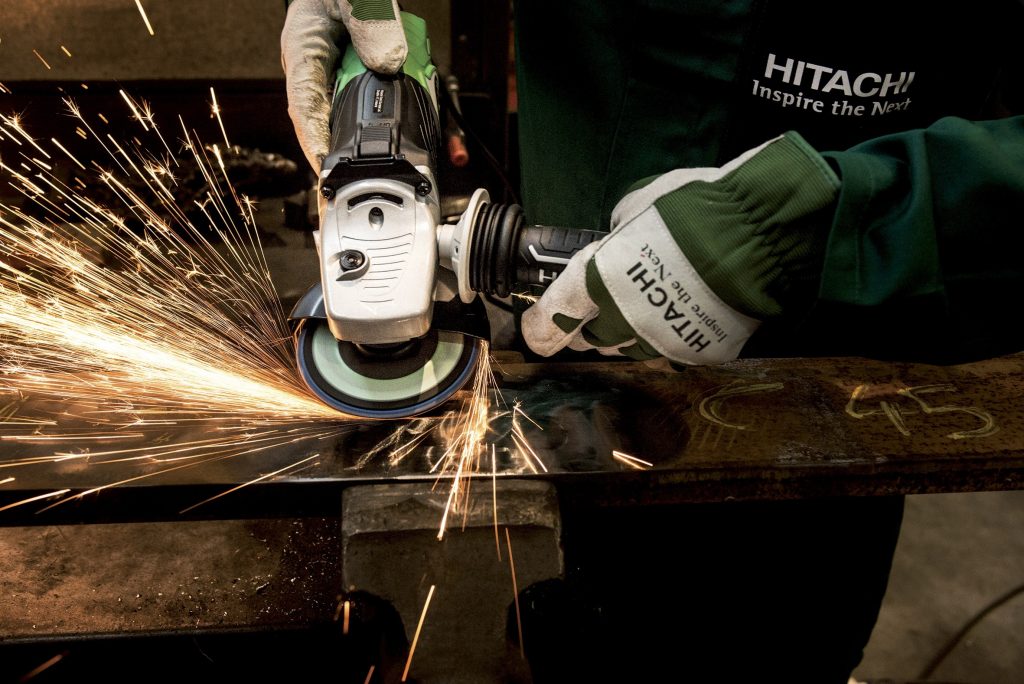In the world of DIY repairs, the right power tools can be your secret weapons, transforming daunting projects into manageable tasks. But with the multitude of options available, selecting the perfect tools can be a bewildering journey. Fear not, for this ultimate guide will unravel the complexities, guiding you through the labyrinth of choices. Whether you're a seasoned DIY enthusiast or just getting started, this comprehensive resource will ensure you make informed decisions and embark on your repair adventures with confidence.

The Essence of Power Tools
Before we dive into the nitty-gritty of tool selection, let's understand the essence of power tools. These devices are designed to augment your physical capabilities, making tasks more efficient and precise. They come in various types, each tailored to specific functions, from drilling holes and driving screws to cutting, sanding, and more. The key is to match the right tool with the task at hand.
Know Your DIY Needs
The first step in selecting power tools is identifying your specific DIY needs. Are you planning to tackle woodworking projects, home renovations, automotive repairs, or a mix of various tasks? Each domain demands a unique set of tools. To avoid confusion, start by listing your most common repair or project types.
Budget Considerations
Power tools can range from budget-friendly to top-of-the-line professional-grade equipment. While quality is paramount, your budget plays a crucial role in determining your choices. Consider investing in high-quality tools for frequently used tasks, but be pragmatic with occasional-use tools.
Corded vs. Cordless
Power tools can be broadly categorized as corded or cordless. Corded tools offer uninterrupted power but limit mobility. Cordless tools provide more freedom but require battery changes. Weigh the pros and cons to decide which type aligns better with your DIY style and project requirements.
Ergonomics and Comfort
Power tools often require extended use, making ergonomics and comfort pivotal factors. Look for tools with well-designed handles, adjustable features, and balanced weight distribution. A comfortable grip can significantly reduce fatigue and enhance your efficiency.
Power and Speed
Different tasks demand varying degrees of power and speed. For instance, heavy-duty drilling requires robust motors, while delicate sanding needs adjustable speed settings. Ensure your chosen tools align with the intended applications to prevent surprises during your DIY journey.
Versatility and Compatibility
Selecting tools from reputable brands can simplify your DIY life. Many brands offer interchangeable batteries and compatible accessories across their product lines. This compatibility can save you money and storage space, making your toolset more versatile.
Safety First
DIY projects can be exhilarating, but safety should always be a priority. Invest in tools with safety features such as blade guards, trigger locks, and vibration control. Additionally, wear appropriate safety gear like goggles, gloves, and ear protection to ensure your well-being during repairs.
Research and Reviews
In the age of the internet, information is at your fingertips. Make use of it! Read reviews, watch video tutorials, and seek recommendations from fellow DIY enthusiasts. This research will provide valuable insights and help you avoid tools with hidden flaws.
Warranty and Customer Support
When investing in power tools, it's wise to consider warranty and customer support. Reputable brands often offer extended warranties and responsive customer service. This can be a game-changer if you ever encounter unexpected issues with your tools.
Hands-On Experience
Before finalizing your tool selection, whenever possible, get some hands-on experience. Visit local hardware stores or attend DIY workshops to test different models. A tool that feels right in your hands is more likely to be your trusted companion in your DIY adventures.
Storage and Organization
As your collection of power tools grows, efficient storage and organization become crucial. Invest in toolboxes, shelves, or wall-mounted racks to keep your equipment tidy and easily accessible. A well-organized workspace not only boosts your efficiency but also adds to the overall appeal of your DIY sanctuary.
Maintaining Your Investment
Once you've assembled your arsenal of power tools, remember that proper maintenance is essential. Regular cleaning, lubrication, and blade sharpening will prolong the life of your tools and ensure they perform optimally.
Conclusion
In the world of DIY repairs, the journey begins with the right power tools. Armed with knowledge about your needs, budget, and the characteristics of various tools, you can confidently choose the perfect companions for your repair adventures. Keep safety in mind, seek advice from the DIY community, and invest wisely in tools that will serve you well for years to come.
Embark on your DIY projects with a sense of wonder and the assurance that you've equipped yourself with the ultimate guide to choosing the right power tools. Your toolbox is now your treasure chest, filled with the keys to unlocking your DIY dreams.